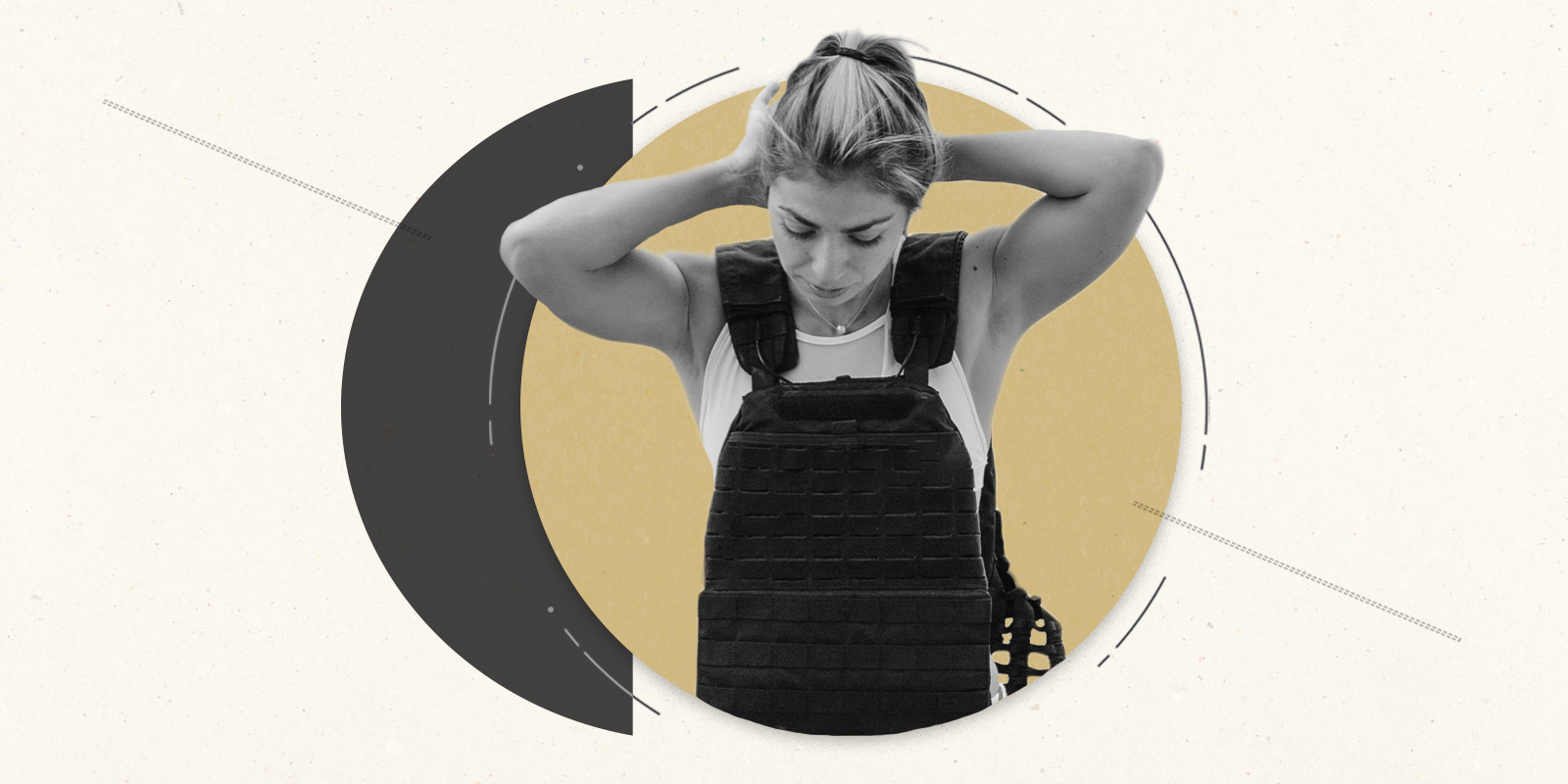Weighted vests have become one of the most talked-about fitness accessories in recent years. From gyms and hiking trails to social media platforms, people are increasingly curious. They wonder whether these vests can truly strengthen bones and muscles or if they are simply another fleeting wellness trend. Supporters of this fitness tool claim that wearing additional weight improves posture. They also claim it enhances endurance, and boosts calorie burn. However, the scientific evidence presents a more nuanced picture. This is especially true when it comes to bone density and muscle growth.
Do Weighted Vests Really Improve Bone Health?
The promise of stronger bones through weighted vests appeals to many, particularly women experiencing perimenopause and menopause. These are stages where bone density naturally declines. Advocates suggest that adding extra load while walking mimics the effects of resistance training. Yet current research offers little support for this idea. Most clinical studies have shown minimal to no improvements in bone health. This is true among those who wore weighted vests compared to those who walked without them. In contrast, weight-bearing exercises such as squats, deadlifts, and lunges provide a far more effective stimulus for bone density. For more guidance on bone-strengthening activities, the National Osteoporosis Foundation highlights proven strategies. These include progressive strength training and balance-focused routines.
The Role of Weighted Vests in Muscle Growth
When it comes to muscle development, the story is similar. Walking with a vest may raise energy expenditure, but it does not generate the type of resistance required for significant muscle growth. True hypertrophy occurs when muscles are worked through their full range of motion under meaningful resistance. This includes lifting free weights or using resistance machines. Experts recommend incorporating structured resistance training programs into a weekly routine. This approach achieves long-term muscle benefits. A comprehensive resource for strength training guidance can be found at ACE Fitness, which provides evidence-based exercise programs for all fitness levels.
Cardiovascular and Calorie-Burning Benefits
While the impact on bones and muscles is limited, weighted vests do provide measurable cardiovascular advantages. Adding extra weight increases energy expenditure, oxygen consumption, and overall cardiovascular effort during walking, hiking, or running. This means higher calorie burn and improved cardiovascular endurance. For individuals seeking to boost overall activity without transitioning to complex workouts, weighted vests may serve as a motivational tool. However, for maximum results in fitness and weight management, combining vest use with resistance training and flexibility exercises is recommended. To learn more about effective fitness combinations, resources such as Harvard Health offer insights on exercise plans that support long-term wellness.
Weighted vests are not inherently harmful, but they should not replace proven methods for building strength and bone density. For people who enjoy the added challenge, they can be a safe addition to low-impact activities. However, the weight should be kept within reasonable limits to avoid joint strain. Individuals exploring ways to enhance wellness during aging may find balance and mobility-focused practices like Pilates or yoga more beneficial. If in doubt, consulting with a certified personal trainer or healthcare professional is always advised. Trusted organizations like the Mayo Clinic emphasize safe and sustainable approaches to exercise. They prioritize overall health over quick fixes.







